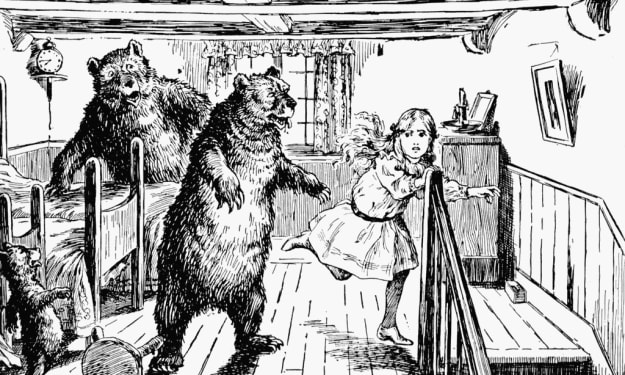Martial Law and People Power Revolution
Triumph Over Tyranny: The People Power Revolution in the Philippines

Part 1: The Imposition of Martial Law
In 1972, amidst a backdrop of social unrest and political instability, President Ferdinand Marcos made the fateful decision to declare Martial Law in the Philippines. Citing threats to national security and the need for stability, Marcos presented Martial Law as a means to restore order and combat the growing influence of communist rebels. However, behind the veneer of maintaining peace lay a deeper motive: consolidating power and suppressing opposition.
With the declaration of Martial Law, Marcos effectively suspended the constitution, disbanded Congress, and assumed authoritarian control over the country. The military was given sweeping powers, and curfews were imposed to control the movement of the population. Civil liberties, including freedom of speech, press, and assembly, were curtailed, leaving the Filipino people in a state of uncertainty and fear.
Part 2: The Dark Days of Repression
Under the cloak of Martial Law, Marcos and his loyalists embarked on a campaign of repression aimed at stifling dissent and consolidating their grip on power. Political opponents, activists, journalists, and anyone perceived as a threat to the regime became targets of surveillance, harassment, and intimidation. Thousands of individuals were arrested without due process, detained in undisclosed locations, and subjected to torture and abuse.
The government-controlled media became a propaganda machine, disseminating a carefully crafted narrative that portrayed Marcos as the savior of the nation and justified the repressive measures being employed. Independent newspapers and broadcast stations were shut down, leaving the public with a distorted view of reality. Those who dared to challenge the regime faced dire consequences, with many disappearing or meeting tragic ends.
Part 3: Economic Boom and Corruption
Amidst the repression, Marcos sought to create an illusion of progress and economic growth. Massive infrastructure projects were initiated, showcasing grand constructions such as highways, bridges, and buildings. The regime boasted of economic achievements and positioned itself as a beacon of development in Southeast Asia. However, behind the façade of progress lay a web of corruption and embezzlement.
Marcos and his cronies siphoned off public funds, amassing immense personal wealth at the expense of the Filipino people. The regime's close ties with business elites allowed for the manipulation of markets and the establishment of monopolies, further widening the gap between the rich and the poor. The burden of Marcos' economic mismanagement and corruption would weigh heavily on the nation for years to come.
Part 4: The Spark of Resistance
Despite the climate of fear and repression, pockets of resistance began to emerge. Activists, students, and ordinary citizens sought creative ways to express their dissent, utilizing underground networks, samizdat publications, and secret gatherings. These brave individuals risked their lives to expose the truth and rally others against the injustices of the regime.
The assassination of Senator Benigno Aquino Jr. in 1983 served as a turning point. Aquino, a prominent opposition leader, was shot and killed upon his return to the Philippines after years of exile. His death sparked outrage and galvanized the opposition, igniting a renewed spirit of resistance. The martyrdom of Aquino became a symbol of courage and sacrifice, further fueling the flames of dissent.
Part 5: The People Power Revolution
The culmination of years of struggle and sacrifice came in February 1986, when the Filipino people united in an unprecedented display of peaceful resistance. Millions of Filipinos flooded the streets, converging on Epifanio de los Santos Avenue (EDSA) in Manila. Men and women from all walks of life, armed with nothing but their faith in democracy and their desire for change, faced down tanks and armed forces loyal to Marcos.
Through acts of defiance, such as offering flowers to soldiers and singing patriotic songs, the people showed their unwavering commitment to nonviolence. The spirit of unity and determination was palpable, as Filipinos from all corners of the nation came together as one, demanding the restoration of democracy and the ousting of the Marcos regime.
Part 6: The Triumph of Democracy
The world watched in awe and disbelief as the People Power Revolution unfolded. News spread rapidly, capturing international attention and admiration. The tenacity and courage of the Filipino people became a beacon of hope for oppressed populations around the world.
Faced with mounting pressure and dwindling support from key military factions, Marcos and his family realized the futility of clinging to power. In February 1986, they fled the Philippines, seeking exile in Hawaii. Corazon Aquino, widow of the slain Senator Aquino, assumed the presidency, marking the end of the Marcos dictatorship and the dawning of a new era of democracy.
Part 7: Legacy and Lessons Learned
The People Power Revolution left an indelible mark on Philippine history and became an enduring symbol of the power of peaceful resistance. It showcased the strength of the Filipino spirit, unity, and unwavering commitment to democratic values. The revolution served as a reminder that the collective voice of the people can overcome even the most oppressive regimes.
The legacy of the People Power Revolution extends beyond the borders of the Philippines. It has inspired countless movements for democracy and social change across the globe. The revolution taught the world that change is possible through nonviolent means and that ordinary citizens have the power to shape their destiny.
The story of Martial Law and the People Power Revolution is a testament to the resilience and courage of the Filipino people. It serves as a stark reminder of the importance of safeguarding democratic values, preserving human rights, and remaining vigilant against the erosion of civil liberties. The People Power Revolution will forever stand as a defining moment in Philippine history, reminding us of the enduring power of unity, determination, and the unyielding pursuit of freedom.
About the Creator
Kira Santé
Versatile writer exploring history, crime, fiction, and mythology. Unveiling forgotten tales, mysteries, and extraordinary realms. Join me on a captivating journey through time and imagination.






Comments
There are no comments for this story
Be the first to respond and start the conversation.